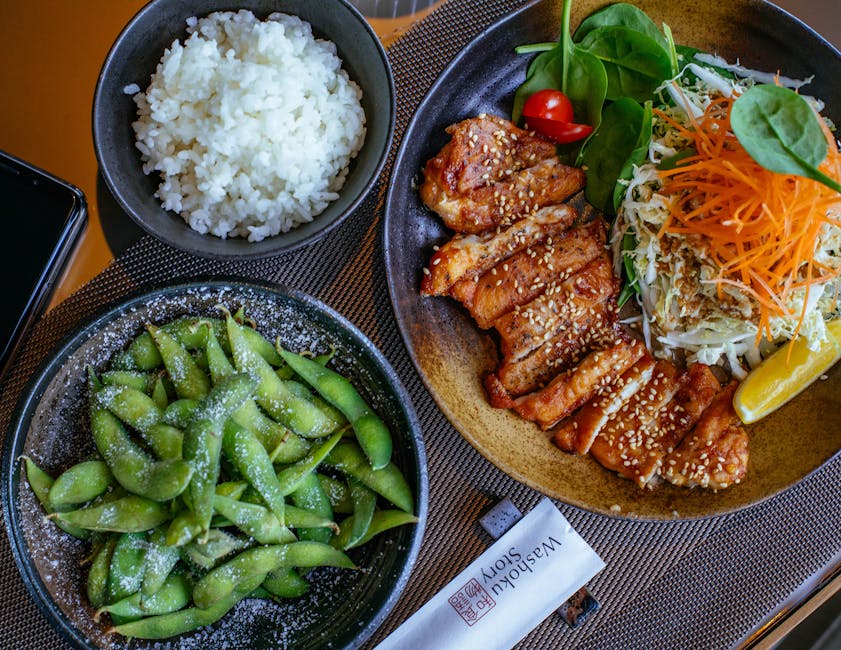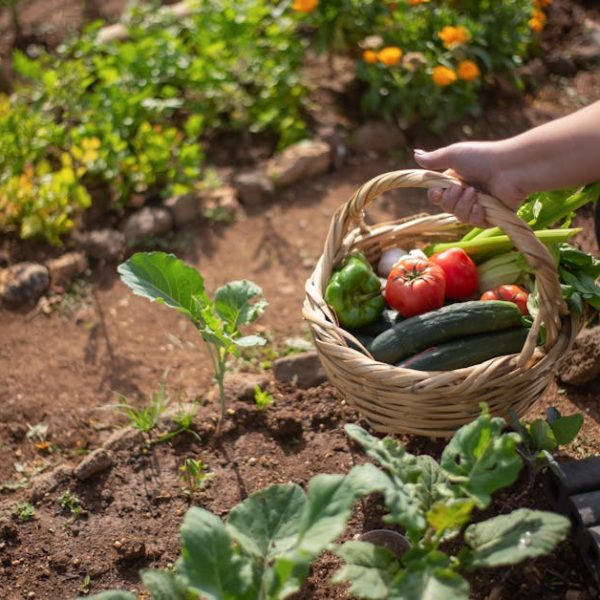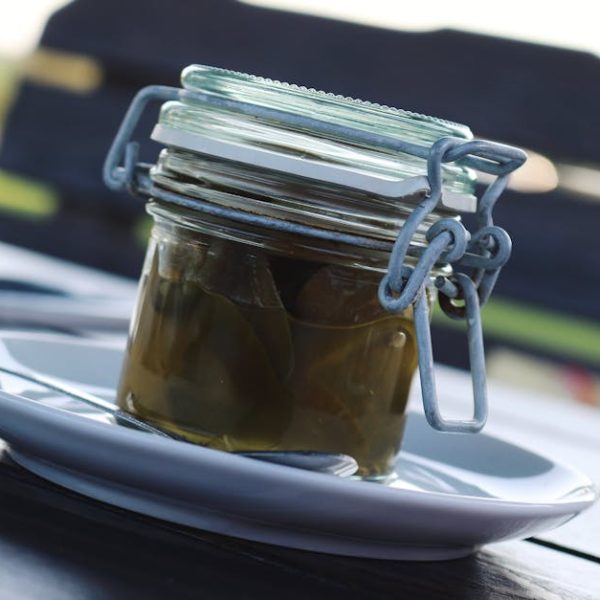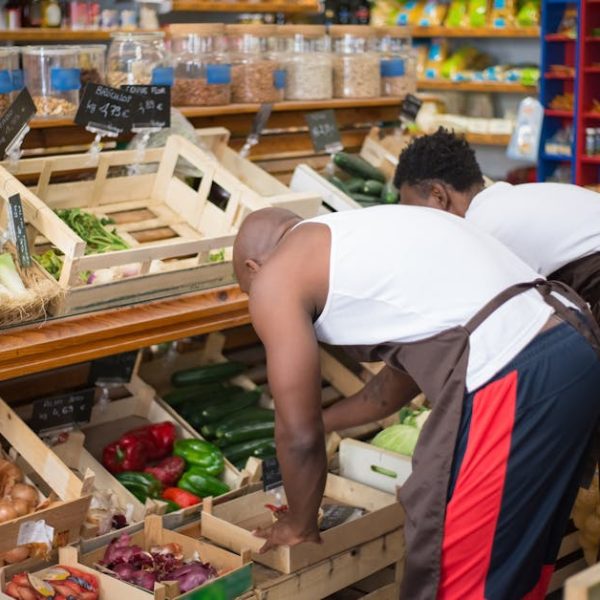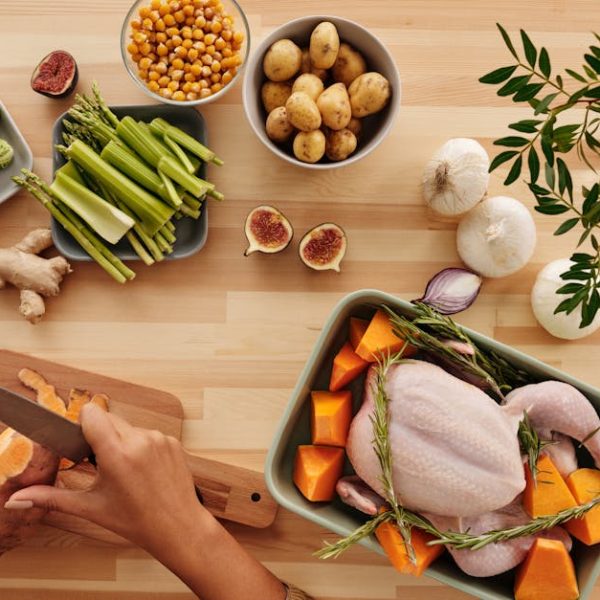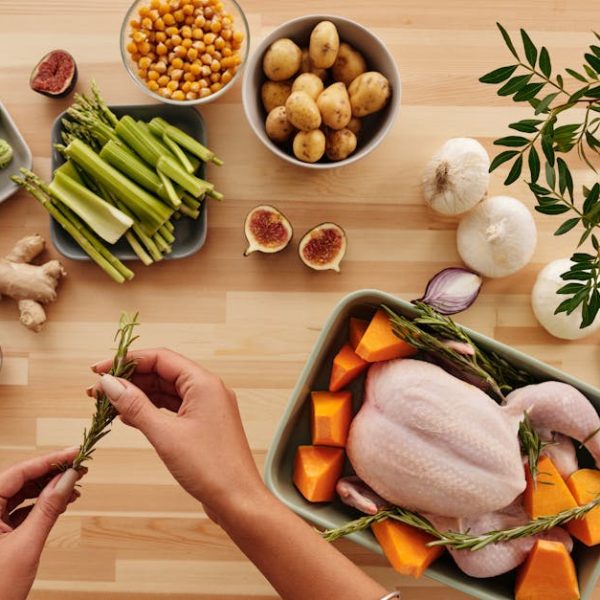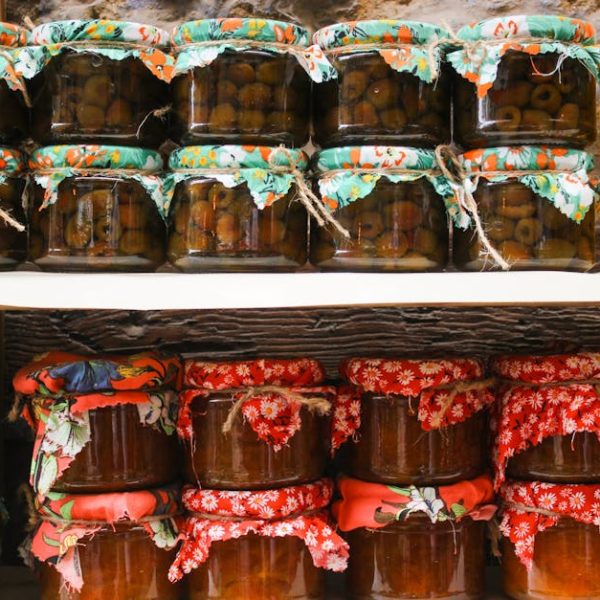Carrots are one of the most versatile and popular vegetables adored by both children and adults. They don’t just bring an enticing crunch to salads and a sweet, mild flavor to stew, but they also pack a nutritional punch. Thus, canning carrots can be a fantastic method to preserve and enjoy their goodness year-round. Today, we discuss three effective techniques to can carrots – water bath canning, pressure canning, and pickling – offering you optimal results each time. Each of these methods delivers a unique result, appealing to the diverse preferences of every home cook.
Understanding the Common Techniques for Canning Carrots
Preserving carrots through canning helps maintain their freshness for a more extended period. The three primary methods include water bath canning, pressure canning, and pickling. While all three are effective, they provide slightly different outcomes.
- Water Bath Canning: This traditional method involves simmering jars of carrots in a water bath. It is straightforward, economical, and a great starting point for beginners.
- Pressure Canning: An advanced technique, requiring a specific piece of equipment. It works by creating high heat and pressure to successfully preserve the vegetables. Some argue that this method is better for maintaining the nutrition of the carrots.
- Pickling: A unique process that infuses the carrots with vinegar, spices, salt, or sugar. It offers a distinct, robust flavor and also increases the shelf life.
Method 1: Water Bath Canning Carrots
Canning carrots through the water bath method is relatively straightforward. First and foremost, cleanliness should be focused on. The jars, lids, and your hands should be impeccably clean before beginning, owing to the long storage time of the canned products.
The process includes peeling and cutting the carrots, which are blanched and then packed into jars with hot water. They are sealed, then placed into a canner filled with boiling water and left for a specific period.
Pro tip: Always check the seal of your jars before beginning the process. A faulty seal can spoil the entire batch.
Method 2: Pressure Canning Carrots
Pressure canning is slightly more complex and requires a particular type of canner. It’s crucial to understand and comply with all safety precautions, given the high heat and pressure involved. Check the pressure canner’s instructions for full details on how to safely use the device.
Generally, the steps mimic those of water bath canning, but the final step involves placing sealed jars inside a pressure canner instead of a water bath.
Best practice: To ensure maximum preservation of nutrients, avoid overpacking the jars as this method can yield higher temperatures.
In the next parts, we’ll look into the pickling process and address the key aspects of maintaining canned carrots and their respective shelf lives.
Method 3: Pickling Carrots as a Different Approach to Canning
Pickling carrots is a fun and alternative method to traditional canning. It involves the carrots being submerged in a mixture of vinegar, water, sugar, and selected spices (like cloves, peppercorns, or dill). This process gives the carrots a unique, tangy flavor profile that works as a tremendous pick-me-up for any dish.
The steps are fairly simple: prep the carrots, prepare the pickling liquid by combining the vinegar, water, sugar, and spices into a saucepan and bringing it to a boil. The hot pickling liquid is then poured over the carrots in clean jars, the jars are sealed, and then processed in a water bath canner.
Pros and Cons:
- Pros:
– Adds a unique flavor profile to the carrots
– Increases the shelf life of the carrots
- Cons:
– Might not be everyone’s preferred taste
– The vinegar in the pickling liquid may clash with certain dishes
Maintenance and Shelf Life of Canned Carrots
Canned carrots, like any preserved food, need to be stored correctly to ensure they maintain their quality. They should be kept in a cool, dark place, ideally under 70 degrees Fahrenheit, and away from any heat sources like your stove or oven.
Typically, water bath canned and pressure canned carrots have a shelf life of up to a year. However, pickled carrots can last longer, sometimes over a year, due to the preserving action of the vinegar.
Best practice: Always check your canned goods for signs of spoilage (such as bulging lids or off smells) before consuming.
The following table presents a comparison of the shelf life of the different methods of canning carrots for easy reference.
| Method | Shelf Life |
|---|---|
| Water Bath Canning | Up to 1 year |
| Pressure Canning | Up to 1 year |
| Pickling | Over 1 year |
Canning carrots is a delightful and rewarding method of making the most of this nutrient-rich vegetable. Enjoy them year-round by trying these canning techniques and savor the goodness of fresh carrots whenever you desire!
Key Takeaway:
- Common tactics for canning carrots include water bath canning, pressure canning, and pickling, each having its unique benefits.
- Water bath canning is a convenient and economic option, best for newbies in the canning world.
- Pressure canning requires special equipment and safety measures but tends to preserve the nutrients better.
- Pickling infuses the carrots with diverse flavors and can extend their shelf life beyond the other two methods.
- Regardless of the method used, cleanliness during canning and proper storage afterward are crucial to prevent spoilage and maximize shelf life.
Canning carrots is a fantastic way to ensure you always have access to this healthy and versatile vegetable, even out of season. Try these canning techniques, discover your preference, and experience the joy of home preservation.
FAQs
Q: Can I mix different preservation methods in one jar?
A: Mixing methods in one jar can cause inconsistency in preserving quality and might compromise the taste. Stick to one method per jar for optimal canning results.
Q: Can I reuse my canning lids?
A: It’s not recommended. Used lids may not seal correctly, and this can lead to spoiling. Always use new lids to ensure a safe seal.
Q: Can I store my canned carrots in the fridge?
A: Yes, though it’s not necessary until opened. Correctly canned and sealed jars are safe to store in a cool, dry place. After opening, refrigerate the unused portion.
Q: What other vegetables can I can using these methods?
A: You can use these canning methods with a variety of vegetables, like beans, tomatoes, cucumbers, beets, and more.
Q: Am I limited to the spices mentioned for pickling?
A: Not at all! Feel free to experiment with your favorite spices. Just remember that strong spices may affect the taste significantly.
Share this article with your friends who might also find it helpful and continue exploring our site for more posts on home preservation and canning techniques. Enjoy your canning journey!
